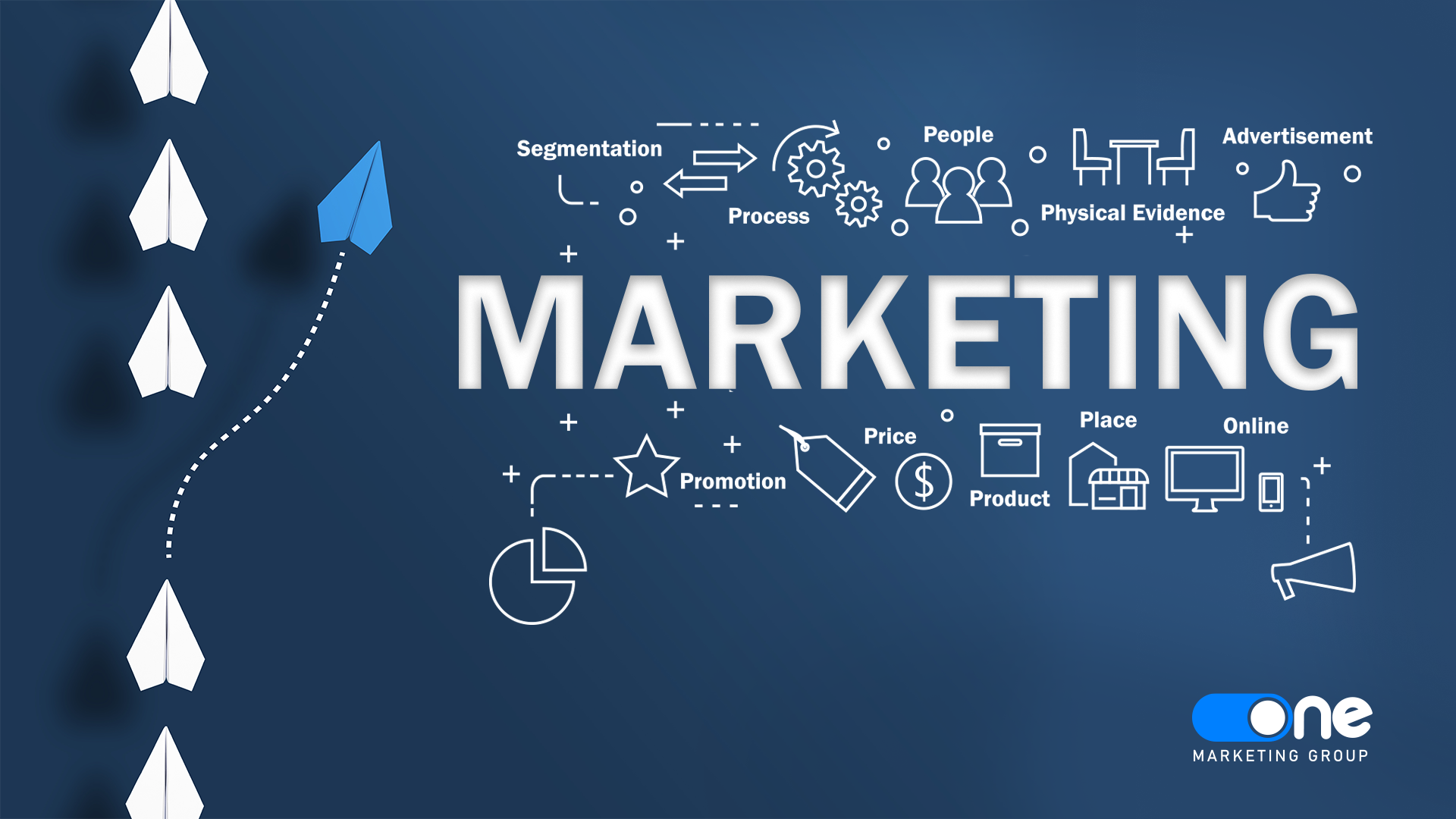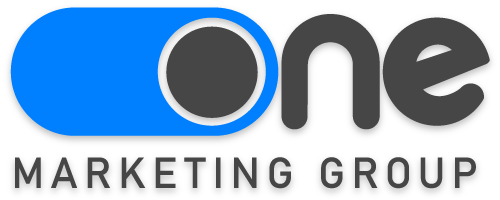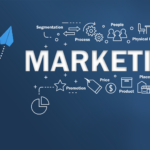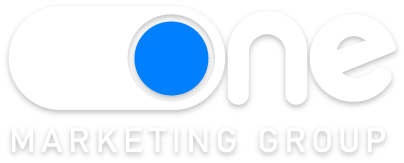
Key Marketing Strategies to Boost Your Business Success
- [email protected]
- August 28, 2024
- Blogs
- 0 Comments
Key Marketing Strategies to Boost Your Business Success
In today’s fast-paced business environment, having a robust marketing strategy is essential for driving growth and staying competitive. At One Marketing Group, we understand the importance of a well-crafted marketing plan that aligns with your business goals and resonates with your target audience. This comprehensive guide explores key marketing strategies that can help you achieve business success.
Understanding Marketing Strategies
What is a Marketing Strategy?
A marketing strategy is a comprehensive plan designed to promote your products or services to your target audience effectively. It encompasses various tactics and channels to achieve specific business objectives, such as increasing brand awareness, generating leads, and boosting sales.
Importance of a Marketing Strategy
- Direction: Provides a clear roadmap for your marketing efforts.
- Consistency: Ensures a unified message across all channels.
- Efficiency: Helps allocate resources effectively.
- Measurement: Enables tracking and analyzing the success of your campaigns.
Developing a Marketing Strategy
Before diving into specific strategies, it’s crucial to develop a solid foundation. Here are the key steps:
Identify Your Target Audience
Understanding who your customers are is the first step in creating a successful marketing strategy. Consider demographics, psychographics, and behavior patterns to create detailed buyer personas.
Define Your Unique Selling Proposition (USP)
Your USP differentiates you from the competition. Identify what makes your product or service unique and why customers should choose you over others.
Set Clear Objectives
Establish specific, measurable, achievable, relevant, and time-bound (SMART) goals. Whether it’s increasing website traffic, generating leads, or boosting sales, clear objectives guide your marketing efforts.
Choose the Right Channels
Select the marketing channels that best reach your target audience. This may include digital channels like social media, email, and SEO, as well as traditional channels like print advertising and direct mail.
Key Marketing Strategies
Content Marketing
Overview of Content Marketing
Content marketing focuses on creating and distributing valuable, relevant content to attract and engage your target audience. The goal is to build trust and credibility, ultimately driving profitable customer action.
Key Components of Content Marketing
- Blog Posts: Regularly updated articles that provide valuable information.
- Videos: Engaging video content that educates or entertains.
- Infographics: Visual representations of information that simplify complex data.
- eBooks and Whitepapers: In-depth, downloadable content offering detailed insights.
Benefits of Content Marketing
- Builds Trust: High-quality content establishes your brand as an authority.
- SEO Benefits: Regularly updated content improves search engine rankings.
- Engagement: Keeps your audience on your site longer, increasing conversion likelihood.
Social Media Marketing
Overview of Social Media Marketing
Social media marketing involves using social media platforms to promote your brand, engage with your audience, and drive traffic to your website.
Key Components of Social Media Marketing
- Content Creation: Develop compelling content tailored to each platform.
- Engagement: Interact with your audience through comments, likes, and shares.
- Advertising: Use paid social media ads to reach a broader audience.
- Analytics: Monitor and analyze performance to optimize your strategy.
Benefits of Social Media Marketing
- Increased Brand Awareness: Reach a large and diverse audience.
- Customer Engagement: Foster direct communication with your customers.
- Cost-Effective: Many social media platforms offer free or low-cost marketing options.
- Targeted Advertising: Precisely target your ads based on demographics and interests.
Search Engine Optimization (SEO)
Overview of SEO
SEO is the process of optimizing your website to rank higher on search engine results pages (SERPs). Higher rankings lead to increased organic traffic and visibility.
Key Components of SEO
- Keyword Research: Identify relevant keywords and phrases.
- On-Page SEO: Optimize content, meta tags, and URLs.
- Off-Page SEO: Build high-quality backlinks.
- Technical SEO: Improve site speed, mobile-friendliness, and navigation.
Benefits of SEO
- Increased Visibility: Higher rankings lead to more organic traffic.
- Cost-Effective: Organic traffic is free, making SEO a cost-effective strategy.
- Credibility: High rankings build trust and credibility with your audience.
- Long-Term Results: SEO efforts can have lasting impacts on your website’s performance.
Email Marketing
Overview of Email Marketing
Email marketing involves sending targeted emails to your audience to promote products, share news, or nurture leads. It’s a direct and personal way to communicate with your customers.
Key Components of Email Marketing
- Subscriber List: Build and maintain a list of engaged subscribers.
- Email Content: Create compelling and relevant email content.
- Segmentation: Segment your audience for personalized messaging.
- Automation: Use automated workflows to nurture leads and drive conversions.
Benefits of Email Marketing
- Direct Communication: Reach your audience directly in their inbox.
- Personalization: Tailor messages to individual preferences and behaviors.
- Measurable: Track open rates, click-through rates, and conversions.
- Cost-Effective: Email marketing offers a high ROI compared to other channels.
Influencer Marketing
Overview of Influencer Marketing
Influencer marketing involves partnering with individuals who have significant followings on social media or other platforms to promote your products or services.
Key Components of Influencer Marketing
- Identifying Influencers: Find influencers whose audience aligns with your target market.
- Collaboration: Work with influencers to create authentic content.
- Campaign Management: Track and manage influencer campaigns to meet objectives.
Benefits of Influencer Marketing
- Authenticity: Influencers provide genuine endorsements that resonate with their audience.
- Reach: Access to a larger, more engaged audience.
- Trust: Leveraging the trust influencers have built with their followers enhances credibility.
Pay-Per-Click (PPC) Advertising
Overview of PPC Advertising
PPC advertising involves paying for ad placements on search engines and other platforms. Advertisers pay a fee each time their ad is clicked.
Key Components of PPC Advertising
- Keyword Research: Identify relevant keywords for your ads.
- Ad Creation: Develop compelling ad copy and visuals.
- Landing Pages: Create optimized landing pages for conversions.
- Campaign Management: Monitor and adjust campaigns for optimal performance.
Benefits of PPC Advertising
- Immediate Results: Quickly drive traffic to your website.
- Targeted Advertising: Precisely target your ads based on demographics and interests.
- Measurable: Track performance and ROI in real-time.
- Flexible Budget: Control your ad spend with adjustable budgets.
Traditional Marketing
Overview of Traditional Marketing
Traditional marketing includes conventional methods such as print ads, broadcast ads, direct mail, and outdoor advertising.
Key Components of Traditional Marketing
- Print Advertising: Ads in newspapers, magazines, brochures, and flyers.
- Broadcast Advertising: Television and radio commercials.
- Direct Mail: Physical mailers sent directly to potential customers.
- Outdoor Advertising: Billboards, posters, and transit advertising.
Benefits of Traditional Marketing
- Broad Reach: Effective for reaching local and older demographics.
- Tangible: Physical materials make a lasting impression.
- Credibility: Established methods lend a sense of trustworthiness to your brand.
Implementing and Measuring Success
Integrating Multiple Strategies
A successful marketing plan often involves integrating multiple strategies to create a cohesive and comprehensive approach. Here’s how to effectively combine different marketing methods:
Cross-Channel Promotion
- Consistent Branding: Ensure your brand message and visuals are consistent across all channels.
- Unified Campaigns: Develop campaigns that leverage the strengths of both digital and traditional methods.
- Cross-Promotion: Use each channel to promote your presence on other platforms.
Measuring Success
To ensure your marketing efforts are effective, continuously measure and analyze the results. Key performance indicators (KPIs) to track include:
Digital Marketing Metrics
- Website Traffic: Monitor the number of visitors to your site.
- Conversion Rates: Measure how many visitors take desired actions.
- Engagement Metrics: Track likes, shares, comments, and followers on social media.
- ROI: Calculate the return on investment for each marketing channel.
Traditional Marketing Metrics
- Response Rate: Measure the number of responses to direct mail or print ads.
- Reach: Track the audience size of broadcast ads.
- Brand Awareness: Use surveys or market research to gauge changes in brand awareness.
Conclusion
Choosing the right marketing strategies and effectively implementing them is crucial for business success. By understanding and leveraging the key marketing strategies outlined in this guide, you can create a powerful marketing plan that drives growth and achieves your business goals. At One Marketing Group, we specialize in helping businesses develop and
execute effective marketing strategies tailored to their unique needs.
Ready to elevate your marketing efforts? Contact One Marketing Group today and let us help you craft a winning marketing strategy that delivers results.



